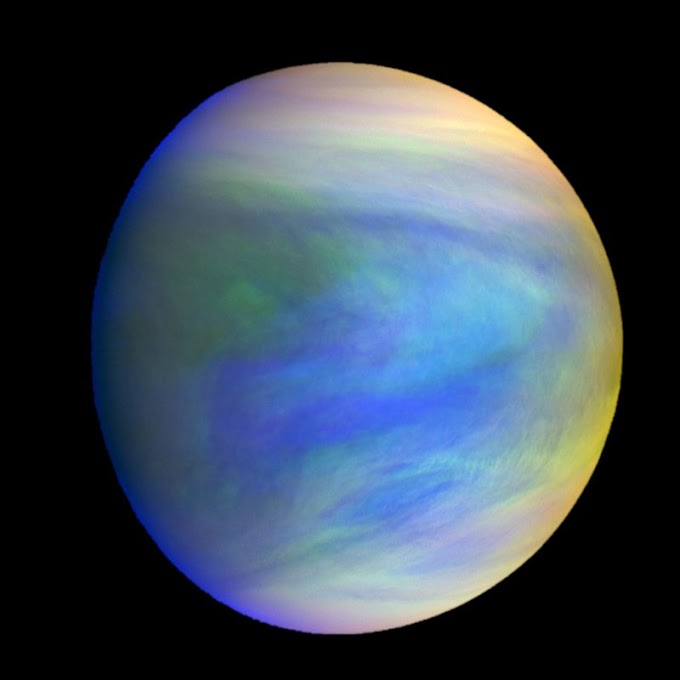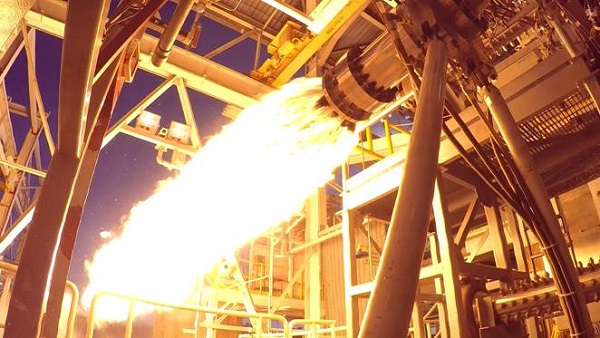Terraforming- the likeliness of that you have heard this word being thrown around before and probably in some science fiction movie or story is strong. In the past decades, the interest in space exploration has significantly increased. This renewed growth in curiosity has led to the issue of terraforming being addressed as a near future possibility. Obviously with Elon Musk’s plans about how humanity needs a “backup location” to survive, and space agencies like NASA and ESA considering the prospect of a long-term habitability on Mars or Venus or the Moon the concept of terraforming is not a fiction after all.
 |
| Credit: Metro-Goldwyn-Mayer |
But of course now we are faced with countless questions like what does terraformation entail? What kind of Technology does it require? Do we already have access to that type of technology? What are the odds of it being a success? Answering any or all of these questions requires that we do a bit of digging. But first let’s understand the meaning of the term ‘Terraforming’.
In simple terms, Terraforming is the process of altering the combative conditions of a militant environment in order to make it more suitable for mankind. This might entail modifying the temperature, atmosphere, surface topography, ecology – or all of the above – in order to make a planet or moon more “Earth-like”.
Concept of Terraforming
In 1961, Carl Sagan proposed techniques to terraform Venus in his article published by the journal Science. He suggested planting algae in the atmosphere of Venus, this would convert the supplies of water, nitrogen and carbon dioxide in Venusian atmosphere to organic compounds and reduce Venus’ runaway greenhouse effect. In 1973, he published an article in the journal Icarus titled “Planetary Engineering on Mars“ in which he brought forth two scenarios for transforming Mars.
 |
| Credit: Kevin Gill |
Later in 1976, NASA addressed the issue of planetary engineering officially in a study titled “On the Habitability of Mars: An Approach to Planetary Ecosynthesis“. This study concluded that the melting of the polar ice caps, and the introduction of greenhouse gases could all be used to create a warmer, oxygen and ozone-rich atmosphere. The first conference session on terraforming, then referred to as “Planetary Modeling”, was organized that same year. A NASA engineer and the author James Oberg organized a special session(the First Terraforming Colloquium) at the Tenth Lunar and Planetary Science Conference in March 1979, which is held annually in Houston, Texas.
In 1982, Planetologist Christopher McKay wrote a paper for the Journal of the British Interplanetary Society titled “ Terraforming Mars”, in which he proposed the prospect of a self-regulating Martian biosphere. This was the first time that the word terraforming was used in the title of a published article, and would henceforth become the preferred term.
In 2009, Kenneth Roy – an engineer with the US Department of Energy - presented his concept for a “Shell World” in a paper published with the Journal of British Interplanetary Sciences, titled “Shell Worlds – An Approach To Terraforming Moons, Small Planets and Plutoids“, his work explored the possibility of using a large ‘shell like structure’ to encase an external world. This would keep its atmosphere contained long enough for long-term processes to take place.
 |
| Credit: Karl Tate/space.com |
There are also the concepts where a usable part of a planet is enclosed in a dome in order to transform its environment, which is known as “paraterraforming”. This concept, originally coined by British mathematician Richard L.S. Talyor in his 1992 publication Paraterraforming – The world house concept, could be used to terraform sections of several planets that are otherwise inhospitable, or cannot be altered in whole.
Habitable Sites
There are several habitable locations that are well suited for terraforming within our Solar system. Consider the fact that besides Earth, Venus and Mars also lie within the Sun’s Habitable Zone. However, Venus’ greenhouse effect and Mars’ lack of magnetic field , their atmospheres are either too thick and hot, or too thin and cold, to sustain life as we know it.
 |
| Credit: Ittiz/Wikimedia Commons |
There is even speculation that Mercury and the Moon (or at least parts thereof) could be terraformed in order to be suitable for human settlement. In these cases, terraforming would require not only altering the surface, but perhaps also adjusting their rotation.
A Brief on Terraforming Mars
As we all know it ,Mars is the most popular destination when it comes to terraforming. The reasons for the same are very clear- ranging from its proximity to Earth, its similarities to Earth, and the fact that it once had an environment that was very similar to Earth’s – which included a thicker atmosphere and the presence of warm, flowing water on the surface. Lastly, it is currently believed that Mars may have additional sources of water beneath its surface.
Mars has a diurnal and seasonal cycle that are very close to what we experience here on Earth. A single day on Mars lasts 24 hours and 40 minutes, and owing to Mars' similarly tilted axis (25.19° compared to Earth’s 23°), Mars experiences seasonal changes that are very similar to Earth’s. Though a single season on Mars lasts roughly twice as long, the temperature variation that results is very similar – ±178 °C (320°F) compared to Earth’s ±160 °C (278°F).
Beyond these similarities, Mars would need to undergo several transformations in order for human beings to live on its surface. The atmosphere would need to be thickened drastically, and its composition would need to be changed. Currently, Mars’ atmosphere is composed of 96% carbon dioxide, 1.93% argon and 1.89% nitrogen, and the air pressure is equivalent to only 1% of Earth’s at sea level.
But the biggest challenge is that Mars lacks a magnetosphere, which means that its surface receives significantly more radiation than we are used to here on Earth. In addition, it is believed that Mars once had a magnetosphere, and that the disappearance of this magnetic field led to solar wind to strip away Mars’ atmosphere. This in turn is what led Mars to become the cold, desiccated place it is today.
 |
| Credit: Kevin Gill |
Ultimately, in order for the planet to become habitable by human standards, it’s atmosphere would need to be significantly thickened and the planet significantly warmed. The composition of the atmosphere would need to change as well, from the current CO²-heavy mix to an nitrogen-oxygen balance of about 70/30. And above all, the atmosphere would need to be replenished every so often to compensate for loss.
Fortunately, all these shortcomings have a wide range of possible solutions. Mars’ atmosphere could be thickened and the planet warmed by bombarding its polar regions with meteors. These would cause the poles to melt, releasing their deposits of frozen carbon dioxide and water into the atmosphere and triggering a greenhouse effect. Introducing volatile elements like ammonia and methane would also help to thicken the atmosphere and trigger warming. Both could be mined from the icy moons of the outer Solar System, particularly from the moons of Ganymede, Callisto, and Titan. These could also be delivered to the surface via meteoric impacts.
After impacting on the surface, the ammonia ice would sublimate and break down into hydrogen and nitrogen – the hydrogen interacting with he CO² to form water and graphite, while the nitrogen acts as a buffer gas. In time, Mars’ ample supplies of water ice – which can be found not only in the poles but in vast subsurface deposits of permafrost – would all sublimate to form warm, flowing water. And with significantly increased air pressure and a warmer atmosphere, humans might be able to venture out onto the surface without the need for pressure suits.
However, the atmosphere will still need to be converted into something breathable. This will be far more time-consuming, as the process of converting the atmospheric CO² into oxygen gas will likely take centuries. Several possibilities have been suggested, which include converting the atmosphere through photosynthesis – either with cyanobacteria or Earth plants and lichens.Other suggestions include building orbital mirrors, which would be placed near the poles and direct sunlight onto the surface to trigger a cycle of warming by causing the polar ice caps to melt and release their CO² gas. Using dark dust from Phobos and Deimos to reduce the surface’s albedo, thus allowing it to absorb more sunlight, has also been suggested.Nonetheless, there are plenty of options for terraforming Mars. And many of them, if not being readily available, are at least on the table.






0 Comments